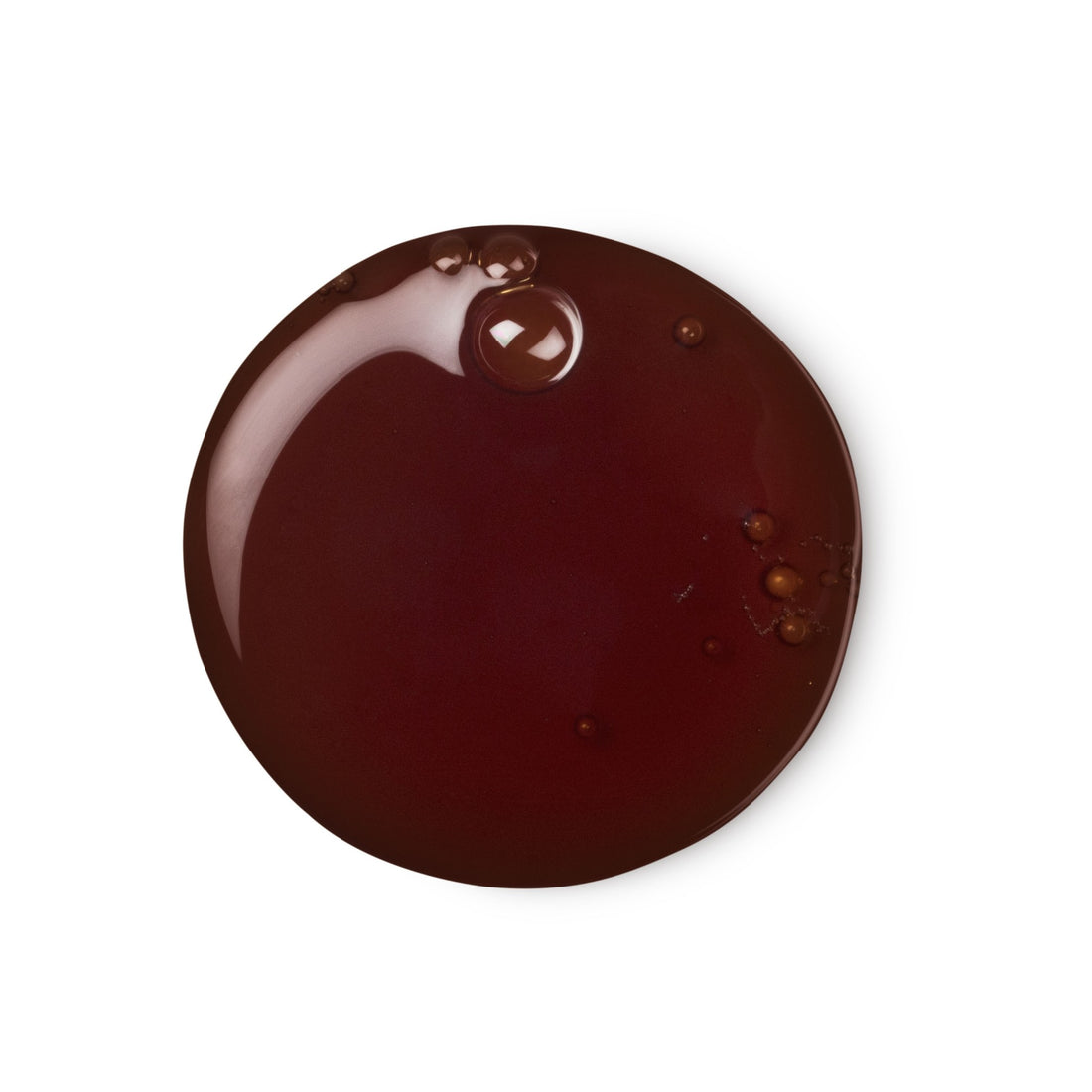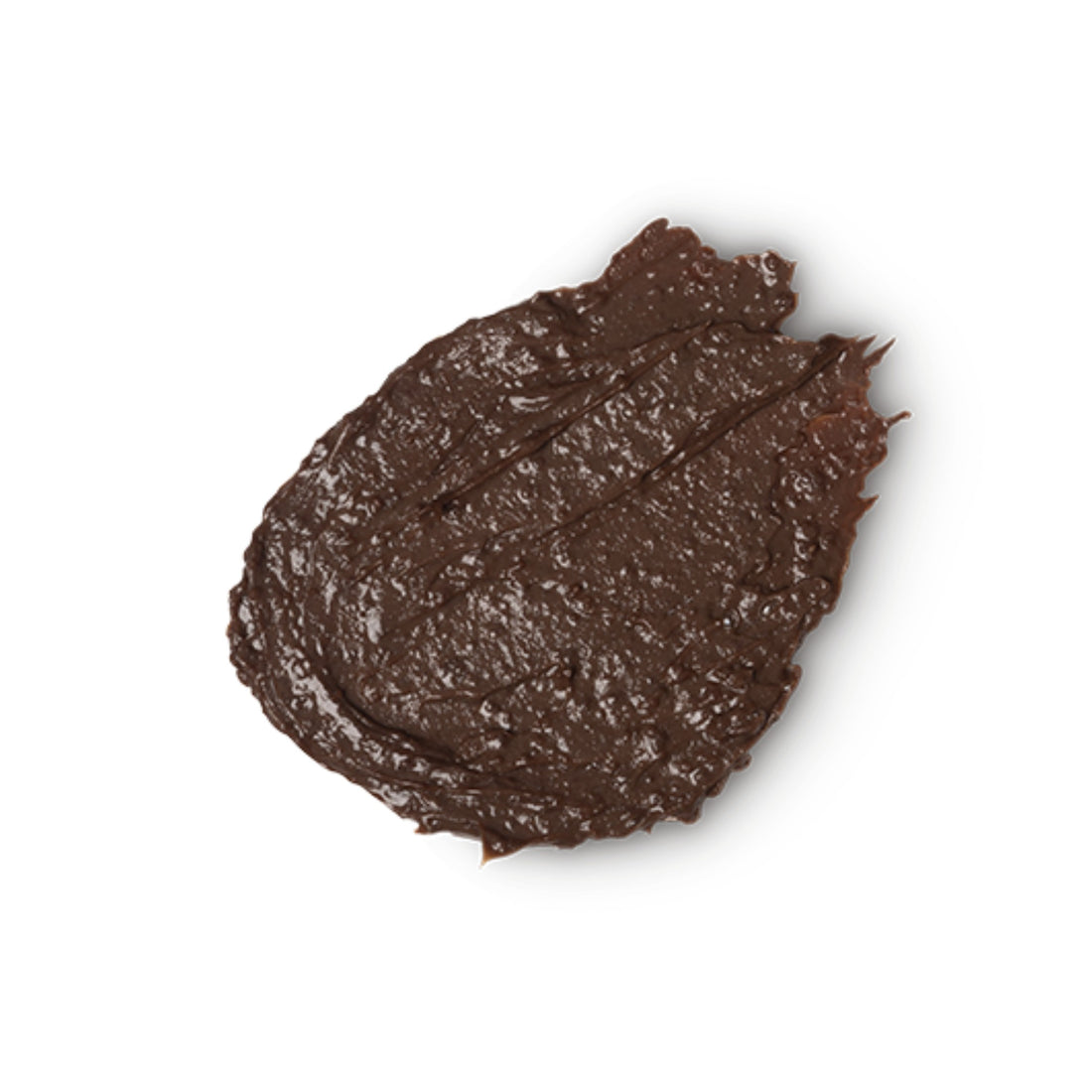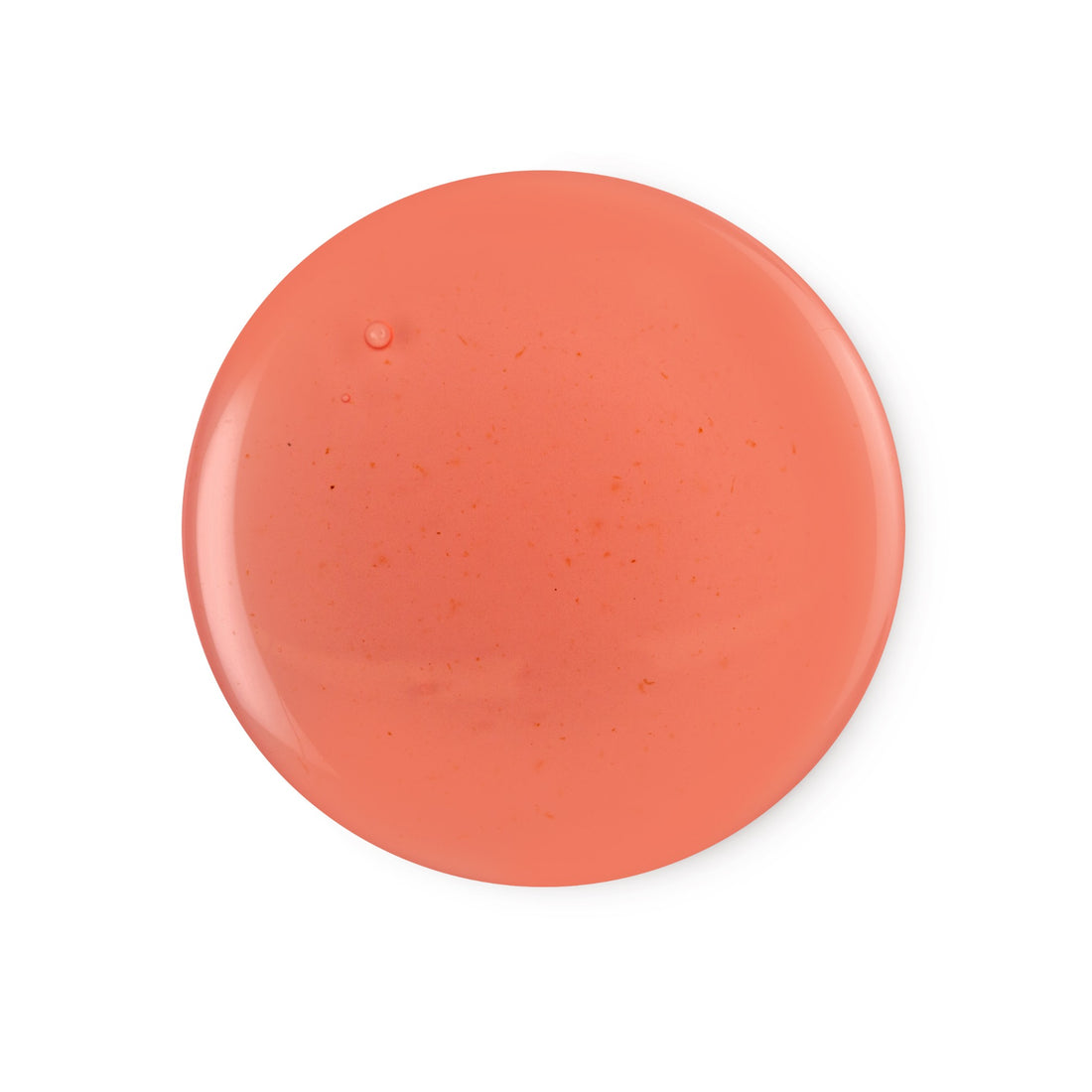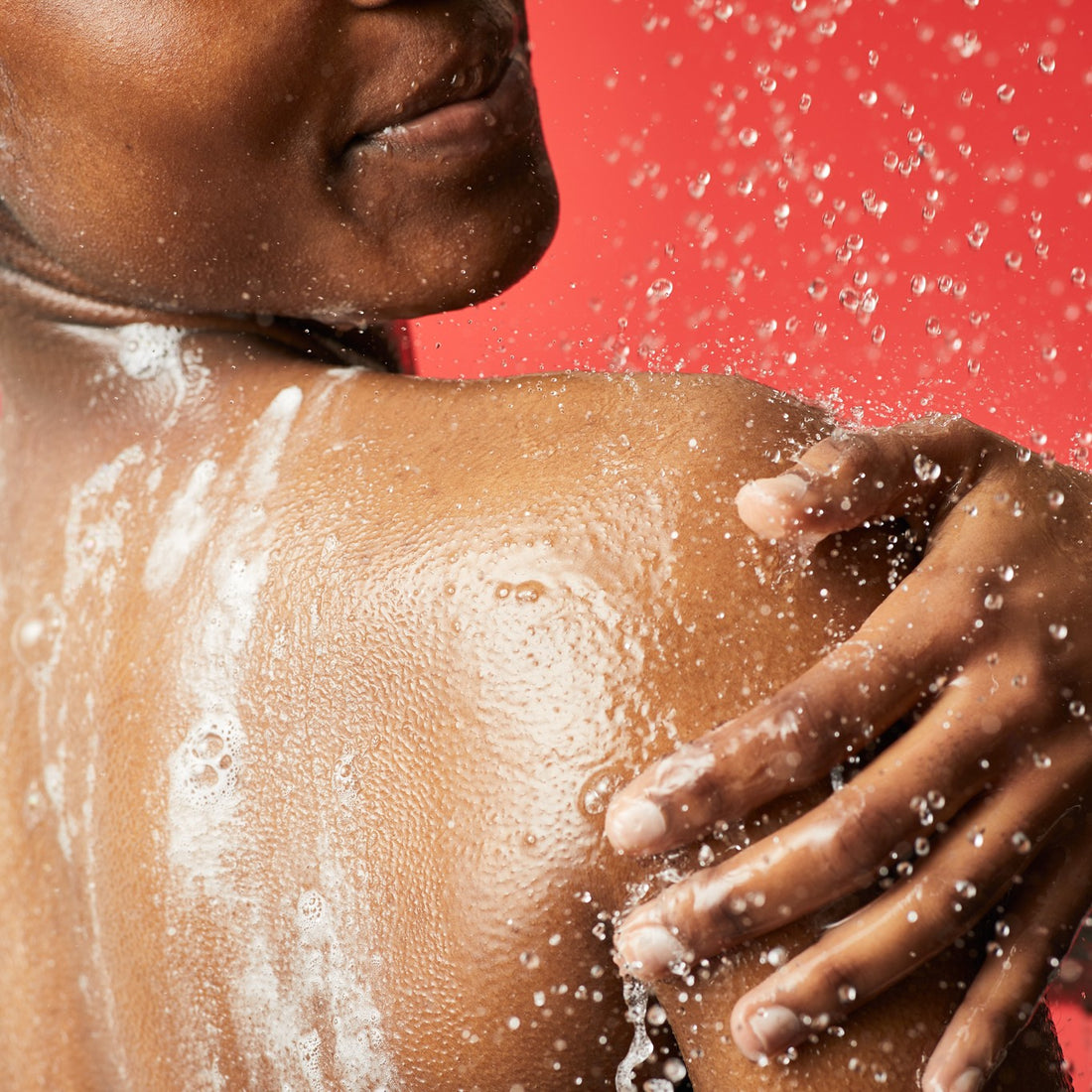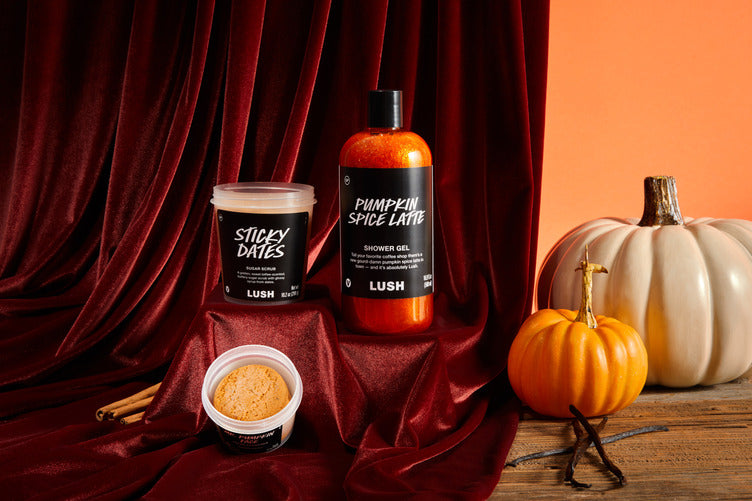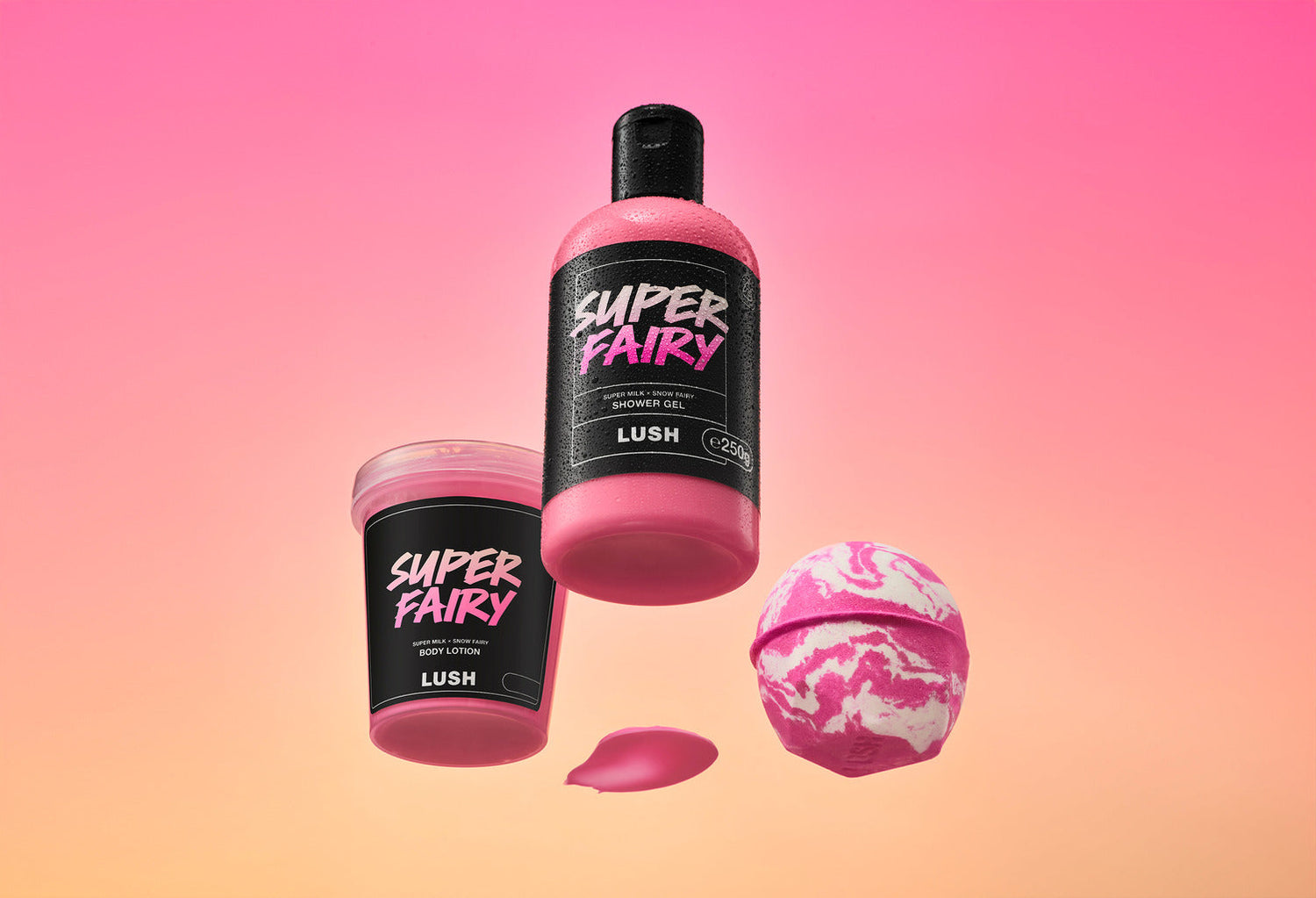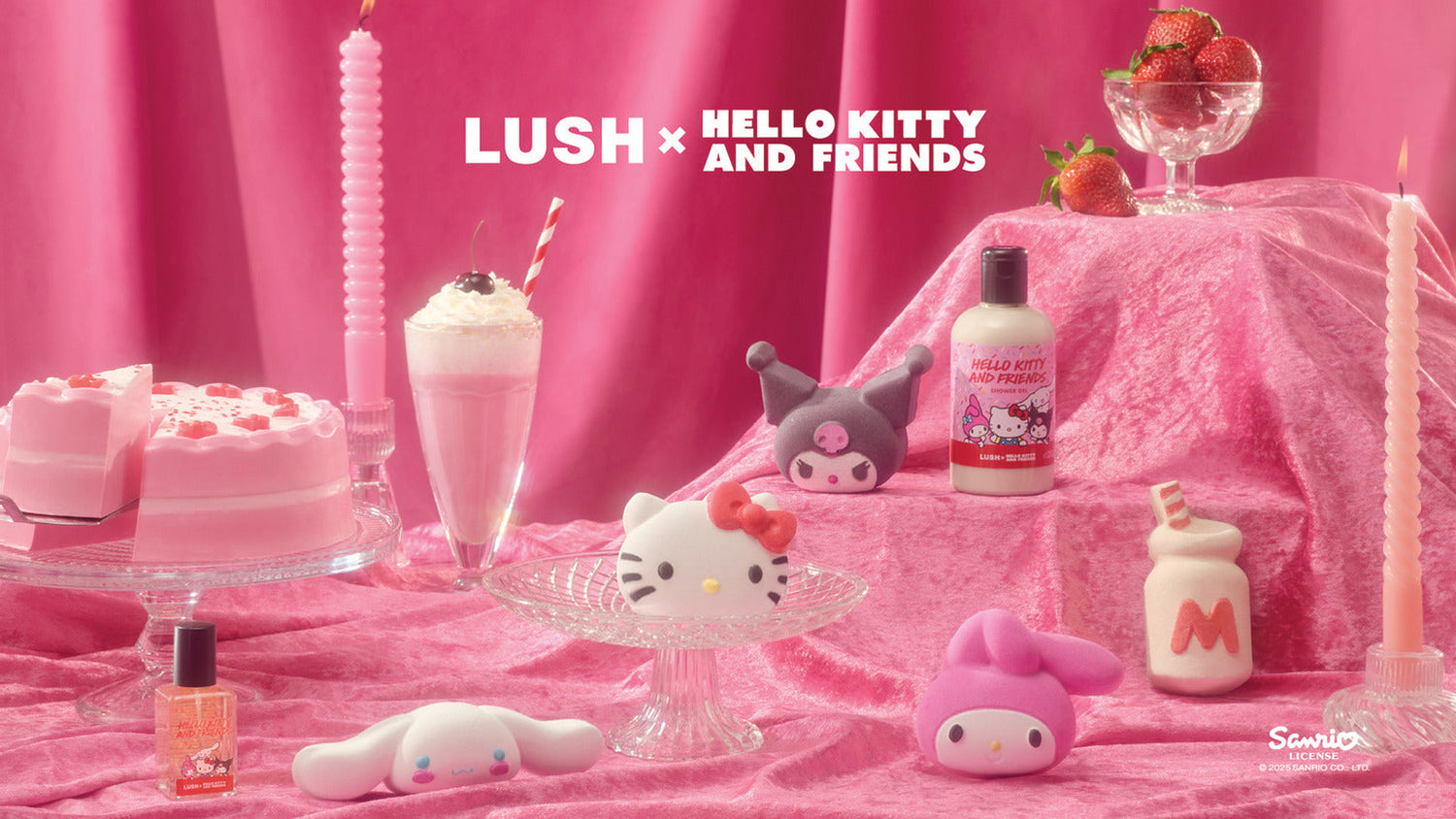We’re committed to eradicating all traces of palm oil from our supply chain and, with more palm-free materials on the horizon, we’re making steady progress.
It’s almost impossible to avoid palm oil. It’s the world’s most widely-consumed vegetable oil and you’ll find it in everything from biofuel to chocolate, cake, crisps and cosmetics. High demand has led to the increased industrialisation of palm cultivation; destroying natural habitats and disrupting the ecosystem in the process.
First things first
Back in 2008, we started removing palm oil from our supply chain and began a campaign to expose the environmental devastation caused by palm plantations. We encouraged our customers to ‘wash your hands of palm oil’ as a way to help reduce demand and slow production, or risk seeing the rainforest disappear before our eyes. Given that rainforests produce about 20% of all the oxygen in the world, and absorb significant amounts of harmful carbon dioxide, it’s vital that they are preserved; protecting them will help to combat climate change and global warming.
We accept that not all palm cultivation is bad, and there are some examples of good growing practices that incorporate palm. Nevertheless, palm cultivation has a massive social and ecological footprint and it’s inextricably linked to deforestation, human rights abuses, child labour, pollution and corruption.
“The problem isn’t palm, but how it’s grown and managed,” explains Mark Rumbell, Lush’s Ethical Buyer. “Our focus is on reducing palm usage with a view to getting rid of it completely. Our work is well underway.”
The truth about palm
Palm has been used as a staple food crop for more than 5,000 years, and was one of the earliest traded commodities. But it wasn’t until the Industrial Revolution that it became highly sought after by British traders who were keen to use it as an industrial lubricant for machinery. Today it’s widely used in the food industry as a cooking oil or as a substitute for butter, and it’s also a common ingredient in cosmetics where formulators use it as an emulsifier and surfactant.
There are two species of oil palm, Elaeis guineensis and Elaeis oleifer. Both these trees produce two types of oil: palm oil, which comes from the fruit of the tree, and palm kernel oil, which comes from the seed. In 2017, Malaysia and Indonesia were responsible for 87% of the global production of palm oil. This has come at a huge environmental cost: palm plantations have replaced huge areas of the oldest tropical rainforest on the planet, destroying the natural habitats of animals like the orangutan, Sumatran tiger and Asian elephant.
Not only that, land has been stolen from indigenous peoples and given to corporations to develop palm oil plantations. This land grabbing typically results in human rights abuses and conflict, and bribery and corruption are frequently used to expand plantations. Once established, the work provided in many plantations is often dangerous, insecure and poorly paid, and may involve child labour.
Palm is an efficient crop, and that’s part of the problem. “To produce the same amount of oil that comes from one hectare of palm you would need three hectares of rapeseed, four hectares of sunflower, 4.7 hectares of soya or seven hectares of coconut,” explains Mark. “With that lower yield a lot of manufacturers aren’t willing to take the price increase hit. If the entire world switched to coconut we would need around seven times as much land.”
Finding a sustainable alternative
We’re not convinced that palm oil can ever be truly sustainable. However, the Round Table on Sustainable Palm Oil (RSPO) has developed a set of environmental and social criteria which companies must comply with in order to produce Certified Sustainable Palm Oil (CSPO). These criteria can help to minimise the negative impact of palm oil cultivation on the environment and communities in palm oil-producing regions. According to World Wildlife Fund (WWF), British retailers, manufacturers and food service companies are ‘leading the way’ on sourcing sustainable palm oil. Although this is a positive development, only around 20% of the world’s palm oil is certified, and smaller companies often struggle to implement the changes required for certification. In addition, certified palm oil is more expensive and, consequently, global demand for it is weak.
Lush head buyer Simon Constantine, who has seen the devastation in Sumatra first hand, says: “If palm exists in the right ecosystem and it has the right relationship to the natural environment and to people then it could be great. I haven’t seen an example of that yet.” So, as we haven’t managed to identify fully sustainable and traceable sources of palm oil, we’ve focused on finding alternatives and removing palm from our supply chain.
“It’s very tricky,” admits Mark. “Not only does the source need to confirm that the ingredient is 100% palm free and always will be, but they need to follow Lush’s ethical and non-animal testing policies. The alternatives to these materials that contain palm are often new to the market and therefore often subjected to animal testing that makes them unsuitable for Lush. Palm-free versions of our current materials are not readily available and, when they are, a reformulation is needed rather than a simple swap. Constant research and testing is occurring to stop our use of palm.”
Until recently we’ve been unable to say that our soaps are 100% palm free. Although our soap bases have been palm free since 2006, we were concerned that the sodium lauryl sulphate (SLS) which is one of the ingredients which helps to create an abundant and rich foam, and the sodium stearate, which makes soap solid, were derived from palm oil. However, we’ve now developed our own in-house soap base made from Fair Trade organic cocoa butter, extra virgin coconut oil and organic castor oil, mixed with sodium hydroxide to induce a reaction called saponification. This creates the lathering solid base of the soap on which infusions, juices or oils are added to benefit the skin and provide fragrance.
This clever new formulation means there’s no need to add SLS or sodium stearate and, as it’s made in-house, we can guarantee that the entire soap is free from palm oil and palm derivatives. We’re now busy developing a palm-free sodium stearate that doesn’t compromise the quality of the end product. We’ve worked with our manufacturer to design a material that’s made from leftover olive oil, to create a closed-circle production. The good news is that it works — but not as well as we’d like.
“Removing palm is a difficult process as key market synthetics such as SLS are produced to such a high scale,” explains Mark. “We continue to work on resourcing all our materials that contain palm. We’re getting there!”
Which ingredients still contain palm oil?
Although we no longer use palm oil in our products, some of our safe synthetics contain palm oil derivates, simply because it’s so hard to find a suitable alternative. In the interests of full transparency, these are:
Ingredient (Contains derivatives of)
Ammonium Laureth Sulfate (palm kernel)
Cetearyl Alcohol (palm kernel)
Cetearyl Alcohol & SLS (palm oil)
Disodium Laureth Sulfosuccinate (palm oil)
Disodium Lauryl Sulfosuccinate (palm kernel oil)
Glyceryl Stearate & PEG-100 Stearate (palm kernel)
Glyceryl Stearate SE (palm oil)
Glycol Cetearate (palm oil)
Laureth 4 (palm oil)
Lauroyl Sarcosine (coconut, palm kernel)
Lauryl betaine (palm kernel, palm, coconut)
Polysorbate 20 (palm kernel, palm)
Sodium Cocoamphoacetate (palm kernel, palm, coconut)
*palm-free version used when possible
Sodium Laureth Sulfate (palm kernel)
Sodium Lauroyl Sarcosinate (coconut, palm, palm kernel)
Sodium Lauryl Sulfate (palm kernel)
Sodium Stearate (palm oil)
*palm-free version used when possible
Stearic Acid (palm oil)
Our work continues to remove all traces of palm oil from our products, down to the very last drop.





